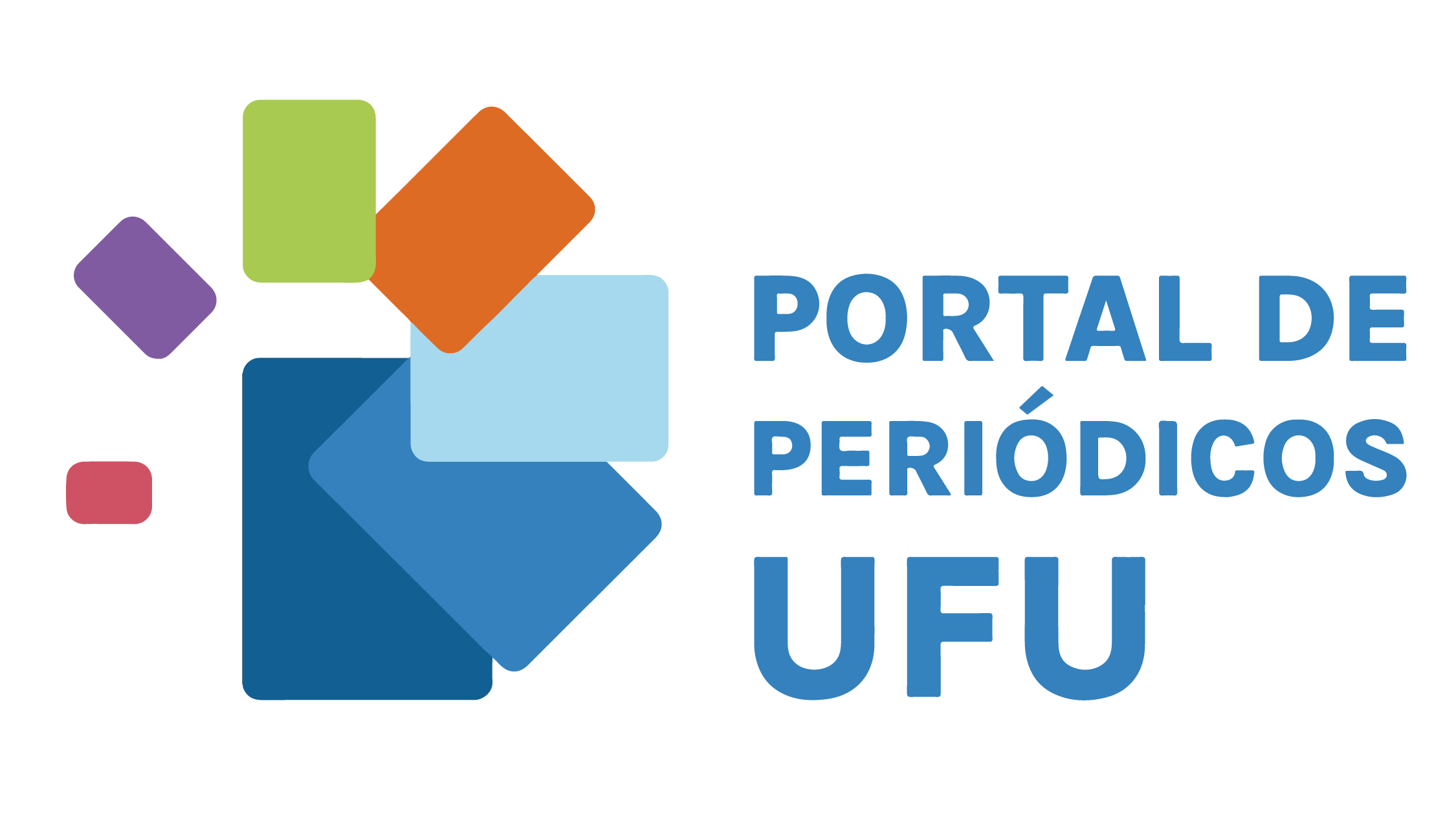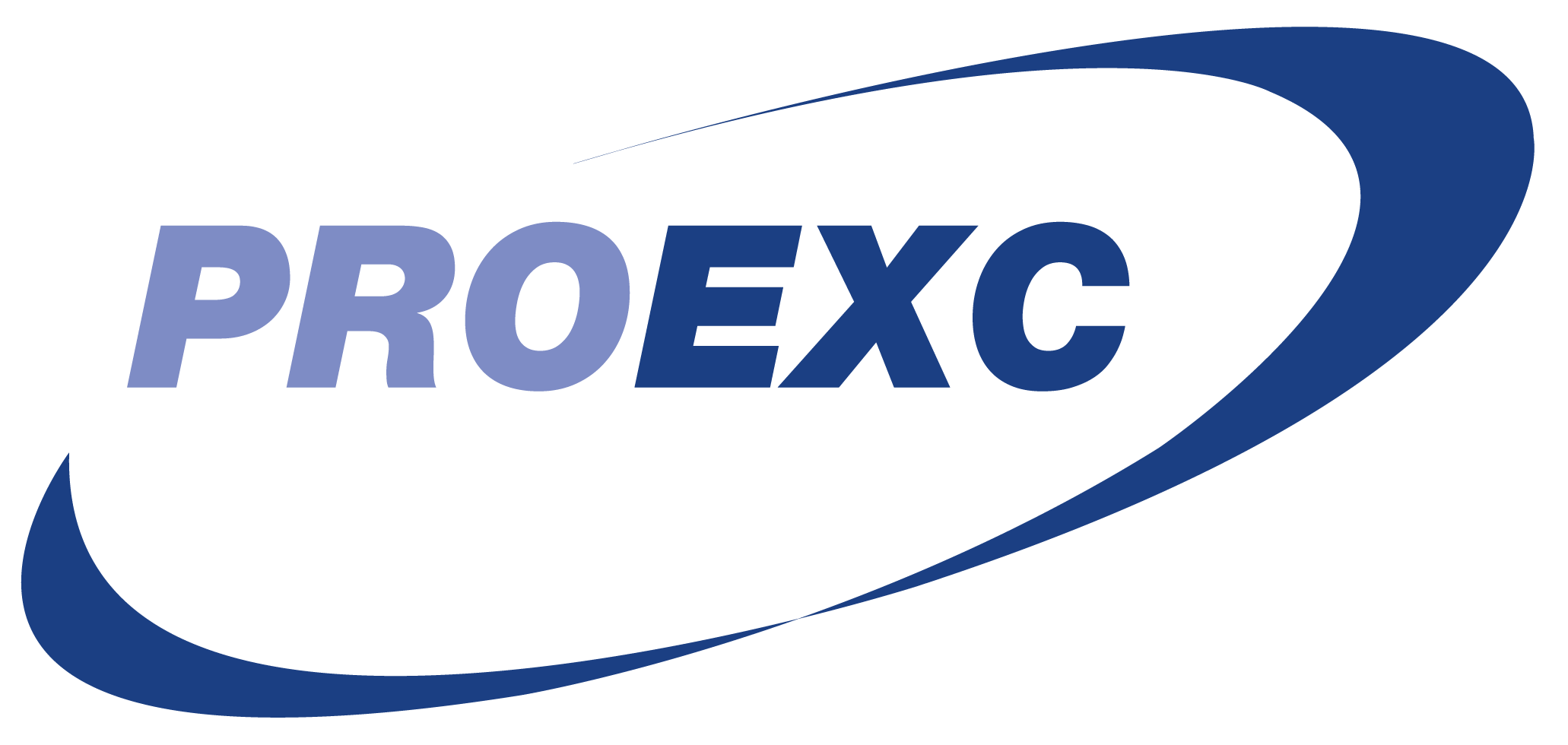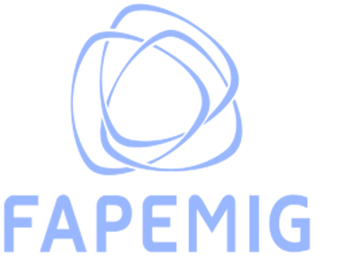Viability study
distribution of educational content through a low-cost Wi-Fi file server in poor, remote and rural communities
DOI:
https://doi.org/10.14393/REE-v22n12023-66990Keywords:
Study, Server, Wi-fi, Low cost, SmartphoneAbstract
This article reports the extensionist actions regarding a study about the digital content distribution, using servers with internet disconnected during the pandemic. During the lockdown, students were expected to occasionally pass through the content distribution center via server to gain access to those materials, without physical interaction between those involved. However, the actions extend beyond the pandemic, given the ongoing need to distribute didactic and educational content to an audience that cannot access the internet. The study resulted in an informative and instructional booklet about digital content distribution via short-range Wi-Fi networks. The written materials were modest, aiming to reach students, technicians, and teachers from schools in rural low-income and difficult-to-access areas interested in creating the server. In this sense, the proposed solution aimed to unite the need for effective and cheap content distribution and the reuse of old smartphones with minor defects or imperfections, as long as they are in usable conditions.
Downloads
References
NETSPOTAPP. O que é a força do sinal WiFi e por que devo me importar com isso? NetSpot, Dover, 2023. Disponível em: https://www.netspotapp.com/pt/wifi-signal-strength/wifi-signal-strength-and-its-impact.html.Acesso em: 18 maio 2023.
VALENTE, J. Mais de 5 bilhões de pessoas usam aparelho celular, revela pesquisa. Agência Brasil, Brasília, 8 set. 2019. Disponível em: https://agenciabrasil.ebc.com.br/geral/noticia/2019-09/mais-de-5-bilhoes-de-pessoas-usam-aparelho-celular-revela-pesquisa. Acesso em: 16 nov. 2021.
Downloads
Published
How to Cite
Issue
Section
License
Copyright (c) 2023 Carlos Eduardo de Schuller Banjar, Maria Clara Adame Barros Sanglard, Mariana Antônio Veiga Faria

This work is licensed under a Creative Commons Attribution-NonCommercial-NoDerivatives 4.0 International License.
Ao publicarem nesta revista, os autores concordam em manter os direitos autorais e concedem à revista o direito de primeira publicação, com o trabalho simultaneamente licenciado sob a licença Creative Commons Atribuição-NãoComercial-SemDerivações 4.0 Internacional.





